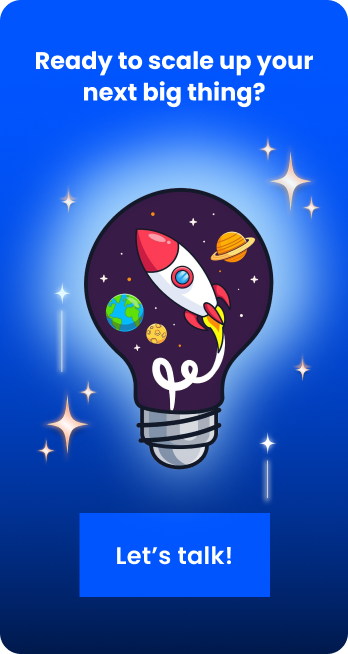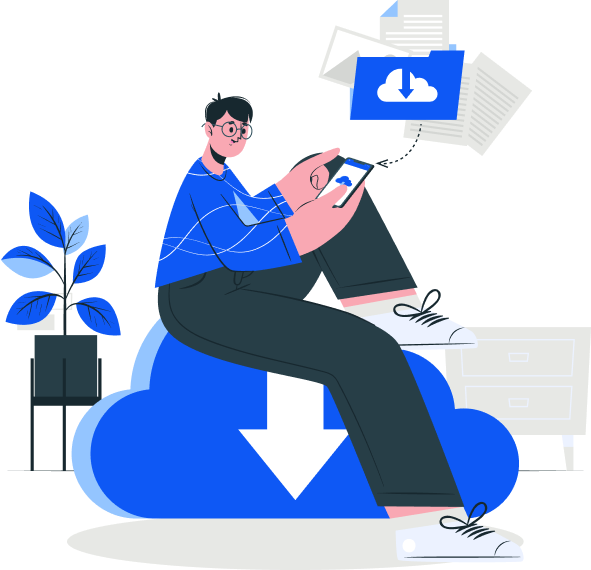
AI Agent Development Costs: Key Factors and Price Breakdown
Manu Jain | May 2, 2025 , 8 min read
Table Of Content
AI agents are reshaping industries—from customer service to automation. But what does it really cost to build one?
In this guide, we’ll break down the key factors affecting AI agent development costs, price ranges by complexity, hidden expenses and strategies to keep your budget under control.
Key Takeaways
- AI agent development costs depend on complexity, features, data needs and integration.
- A basic AI agent might cost $10,000–$30,000, while advanced solutions can exceed $150,000.
- Hidden costs like data cleaning, testing and maintenance often go overlooked.
- Smart strategies like using pre-built models or outsourcing can reduce development costs.
- Despite upfront investment, AI agents deliver long-term ROI through automation, insights and efficiency gains.
Factors That Influence AI Agent Development Cost
The cost of developing an AI agent isn’t one-size-fits-all. Here are the different factors that drive the final price tag:
1. Complexity of the AI Model
A rule-based chatbot is far cheaper to develop than a multi-modal AI agent capable of real-time learning, natural language processing, and decision-making. More complexity = more development time and expertise = higher costs.
2. Data Requirements
AI agents rely on large, clean datasets for training. If proprietary or domain-specific data needs to be collected, cleaned, or labeled, it adds to costs. The more data-hungry the agent, the higher the data preparation expenses.
3. Integration Needs
Integrating the AI agent with your existing CRM, ERP, marketing tools, or other enterprise systems requires additional developer hours. Each integration point increases development complexity and cost.
4. Customization Level
Off-the-shelf AI solutions are cheaper than fully customized agents built from scratch. Customization involves additional coding, testing, and configuration, all adding to timelines and expenses.
5. User Interface Design
If the AI agent includes a custom dashboard, mobile app, or interactive interface, UI/UX design adds to project scope and cost. Simpler interfaces reduce expenses.
6. Deployment Environment
Deploying an AI agent on-premise involves different infrastructure and security requirements than cloud deployment. Cloud solutions may have lower upfront costs but recurring hosting fees.
7. Team Expertise & Location
Hiring a development team in the U.S. or Europe is more expensive than outsourcing to India or Eastern Europe. Developer hourly rates vary widely by geography and skill level.
Estimated Cost Ranges for AI Agent Development
AI agents fall into three main categories when it comes to complexity—each with different price points and deliverables.
1. Basic AI Agent Development Cost
Basic AI agents perform limited, rule-based tasks such as answering FAQs, routing queries, or performing simple automations. They don’t learn over time or handle complex inputs.
Estimated Cost Range: $10,000 – $30,000
Key Features:
- Pre-defined rules and responses
- Basic chatbot functionality
- No machine learning or NLP
- Limited integration (e.g., website chat widget)
Use Cases: customer service bots, basic internal helpdesks, simple lead capture
Cost Drivers: primarily UI setup, scripting of responses, integration with single platform
2. Intermediate AI Agent Development Cost
Intermediate AI agents include some machine learning or natural language processing. They can understand queries, provide dynamic responses, and learn incrementally from data.
Estimated Cost Range: $30,000 – $80,000
Key Features:
- NLP for better query interpretation
- Limited predictive capabilities
- Integrations with CRM or marketing tools
- Personalized responses based on user profiles
Use Cases: customer support bots with intent recognition, recommendation engines, appointment schedulers
Cost Drivers: NLP model integration, training on custom data, multi-platform integration, testing for varied user inputs
3. Advanced AI Agent Development Cost
Advanced AI agents are built for complex tasks involving deep learning, adaptive behavior, multi-channel communication, and autonomous decision-making. They operate at enterprise scale.
Estimated Cost Range: $80,000 – $250,000+
Key Features:
- Real-time machine learning & continuous learning
- Multi-language support
- Integration with enterprise systems (ERP, CRM, analytics tools)
- Custom dashboards & reporting
- Compliance and security controls
Use Cases: healthcare diagnosis assistants, financial advisory bots, multi-modal virtual agents, AI-driven analytics assistants
Cost Drivers: bespoke AI model development, multi-system integrations, large-scale data pipelines, ongoing monitoring and maintenance
Hidden Costs in AI Agent Development
While upfront development costs come top of the mind, many businesses overlook the hidden costs that emerge along the way:
1. Data Preparation Costs
Cleaning, labeling, and organizing datasets for AI training can be expensive and time-consuming, especially for industries with unstructured or sensitive data.
2. Testing and Iteration
AI agents require extensive testing to handle edge cases, language variations, and unforeseen inputs. Every iteration adds developer hours and QA costs.
3. Maintenance & Updates
Post-deployment, AI agents need regular updates to stay accurate, secure, and compliant with evolving data policies. Budget for at least 15–20% of development cost annually for upkeep.
4. Compliance & Legal
Industries like healthcare and finance face additional regulatory hurdles (GDPR, HIPAA, etc.), requiring audits, documentation, and legal reviews—often at added cost.
5. User Training & Change Management
Even the best AI agent requires onboarding users and training internal teams on adoption and workflow changes, an often-underestimated investment.
Cost-Saving Strategies for AI Agent Development
AI agent development doesn’t have to break the bank. Here are proven strategies to control costs without sacrificing quality:
1. Use Pre-Trained Models
Instead of building custom AI from scratch, leverage open-source models or APIs like GPT, BERT, Dialogflow, or IBM Watson to shorten development cycles and reduce costs.
2. Prioritize Must-Have Features
Start with a minimal viable product (MVP) focusing only on core functionalities. Additional features can be phased in once ROI is demonstrated.
3. Outsource to Cost-Effective Regions
Partnering with AI development teams in India, Eastern Europe, or Southeast Asia can lower hourly development rates by 30–60% compared to North America or Western Europe.
4. Leverage Cloud Infrastructure
Using AWS, Azure, or Google Cloud for hosting reduces the need for costly on-prem hardware, maintenance, and scaling infrastructure.
5. Opt for Open-Source Tools
Where possible, utilize open-source libraries, frameworks, and platforms to avoid hefty licensing fees associated with proprietary AI tools.
The ROI of AI Agent Development: Is it Worth the Cost?
Investing in AI agent development might seem costly upfront—but what’s the return?
AI agents drive ROI by automating repetitive tasks, improving accuracy, reducing response times, and enabling 24/7 operations. Businesses using AI agents report:
✅ 20–40% reduction in customer support costs
✅ 25–30% faster resolution times
✅ Increased sales from personalized recommendations
✅ Improved customer satisfaction from instant responses
Over time, AI agents not only cut labor costs but generate incremental revenue through better customer engagement and data-driven insights.
For enterprises processing thousands of transactions or queries daily, AI agents quickly justify their cost through scalability, consistency, and operational efficiency. Small businesses see ROI by automating lead generation, appointment booking, and customer outreach without hiring additional staff.
In short: while AI agents require investment, they deliver both cost savings and revenue gains in the long run.
Conclusion
AI agent development costs depend on complexity, integrations, customization and data requirements. While prices can range from $10,000 to $250,000+, careful planning and cost-saving strategies help manage budgets.
For most businesses, AI agents offer strong ROI by automating workflows, improving customer engagement and driving smarter operations—making them a worthy investment.
Whether you’re exploring AI for the first time or scaling existing systems, partnering with ScaleupAlly gives you access to deep technical expertise, tailored Gen AI solutions, and proven frameworks to accelerate your AI journey.
Frequently Asked Questions
Q: What is the cheapest way to build an AI agent?
Using pre-built platforms or open-source tools and outsourcing development are the most affordable ways to create a basic AI agent.
Q: How long does it take to develop an AI agent?
Development timelines vary—basic agents may take 4–8 weeks; advanced AI agents can take 4–12 months depending on complexity and features.
Q: Can small businesses afford AI agents?
Yes! Many entry-level AI solutions offer pricing tailored for small businesses, making AI agents accessible even with limited budgets.
Q: How do AI agent costs compare to hiring human employees?
While AI agents require upfront investment, they reduce ongoing labor costs by automating repetitive tasks—often paying for themselves within 1–2 years.
Related Blogs
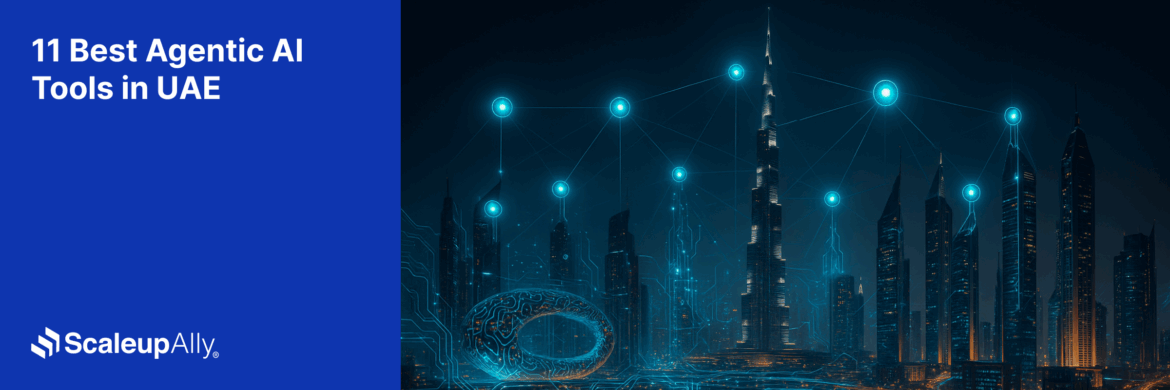
Best 11 Agentic AI Tools in UAE: Accelerating Digital Transformation
Discover the top 11 agentic AI tools in UAE for 2025. Explore features, benefits, and tips to choose the right AI tool for your business growth.
Manu Jain
Nov 6 ,
9 min read
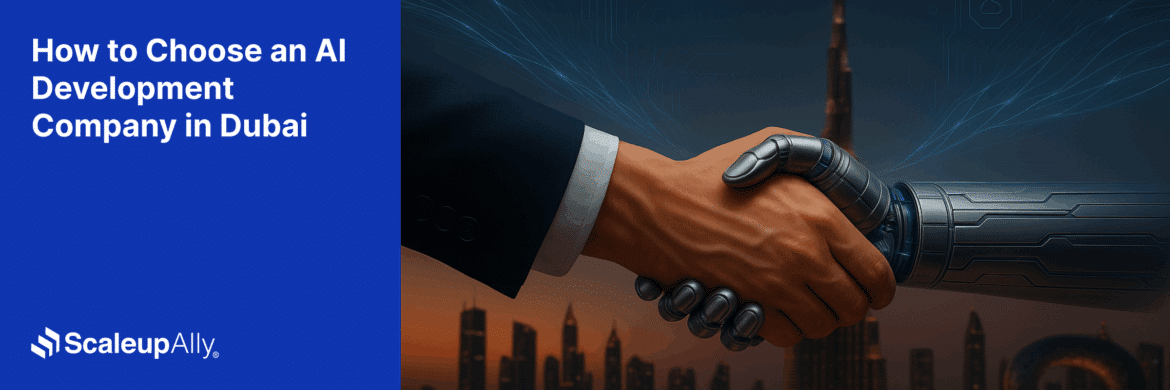
How to Choose an AI Development Company in Dubai: A Complete Guide
Find out how to choose the right AI development company in Dubai. Learn key factors, local considerations, and tips to select the best partner.
Manu Jain
Nov 6 ,
9 min read
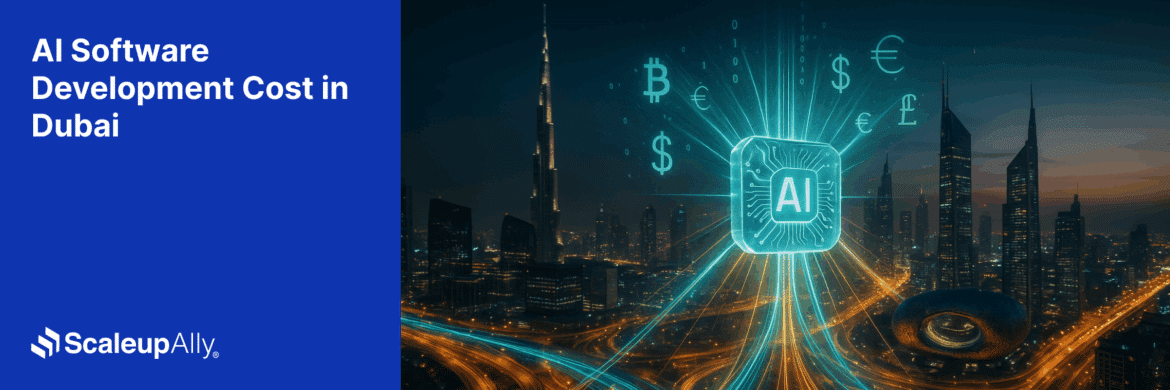
AI Software Development Cost in Dubai [Stages, Factors & Pricing Explained]
Discover AI software development cost in Dubai with detailed breakdowns, key factors, and tips to optimize your project budget.
Manu Jain
Nov 5 ,
15 min read
